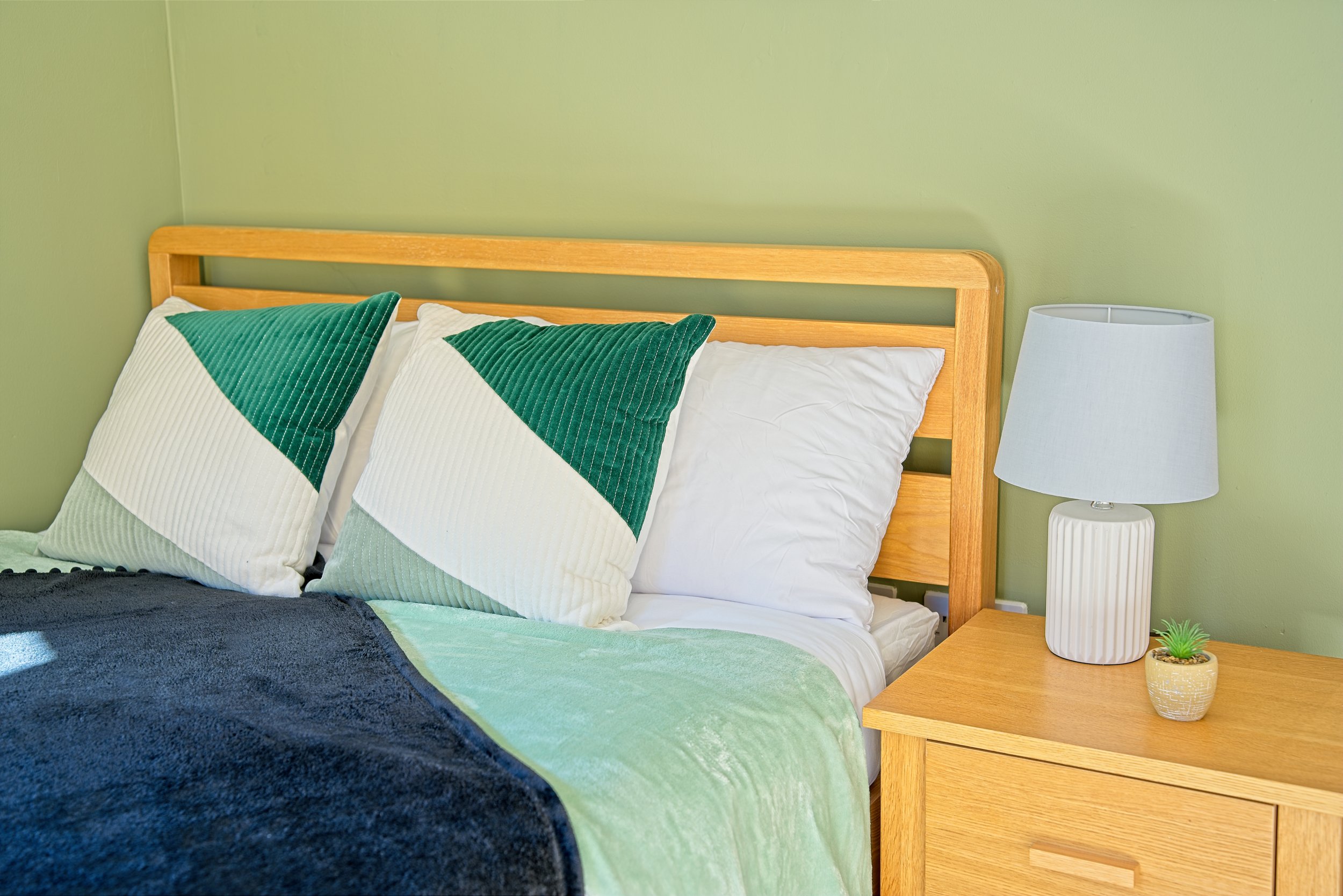Unveiling the Art of Real Estate Photography: Showcasing Homes in Their Best Light
In the fast-paced world of real estate, first impressions are everything. A well-composed and striking image of a property can be the difference between capturing a buyer's attention or being overlooked. Enter the world of real estate photography, where every click of the camera holds the potential to transform a listing into a hot property. In this blog entry, we'll dive into the fascinating realm of real estate photography, exploring the art and techniques behind it, and how it contributes to successful property sales.
The Power of the First Impression:
In the digital age, property buyers often begin their journey online, where images are the first point of contact. It's imperative that your real estate photographs not only showcase the property accurately but also create an emotional connection with potential buyers. A stunning image can make a property seem more than bricks and mortar; it can make it a home.
Composition and Framing:
Real estate photography is not just about snapping a few shots; it's about carefully composing each image to highlight the property's best features. From capturing the perfect angles to framing the shot to create a sense of space, it requires a keen eye and technical expertise.
Natural Light vs. Artificial Light:
Balancing natural and artificial light is a critical aspect of real estate photography. Natural light can create a warm and inviting atmosphere, while artificial light can illuminate darker areas. A skilled real estate photographer knows when and how to use each to enhance the property's appeal.
Staging and Styling:
Staging and styling play a significant role in real estate photography. It's not just about photographing the property as is; it's about presenting it in its best form. This may involve rearranging furniture, adding decor, or even digitally enhancing the space to make it more appealing.
Wide-Angle Photography:
Using wide-angle lenses can help capture more of a room in a single shot, creating a sense of spaciousness that's highly desirable to potential buyers. However, it's important to avoid distortion and maintain a natural feel.
Exterior Shots and Curb Appeal:
Exterior shots are equally vital. Curb appeal can significantly impact a buyer's interest in a property. Highlight the property's exterior features, landscaping, and any unique selling points.
Post-Processing and Editing:
The use of post-processing and editing tools can transform your images from good to exceptional. Adjustments to colour, contrast, and sharpness, along with retouching, can make a property shine.
Consistency and Branding:
Establishing a consistent style and branding in your real estate photography can help you stand out and create a recognizable portfolio. It allows you to build trust and loyalty among real estate agents and clients.
Conclusion:
Real estate photography is an art and a science. It's about more than just taking pictures; it's about telling a visual story that captivates and inspires. Whether you're a professional real estate photographer or a homeowner looking to take better property photos, these techniques can make a substantial difference. By showcasing homes in their best light, you can help people find their dream properties and contribute to the success of the real estate industry. So, remember, a picture is worth a thousand words, and in real estate, it can also be worth thousands of pounds.





